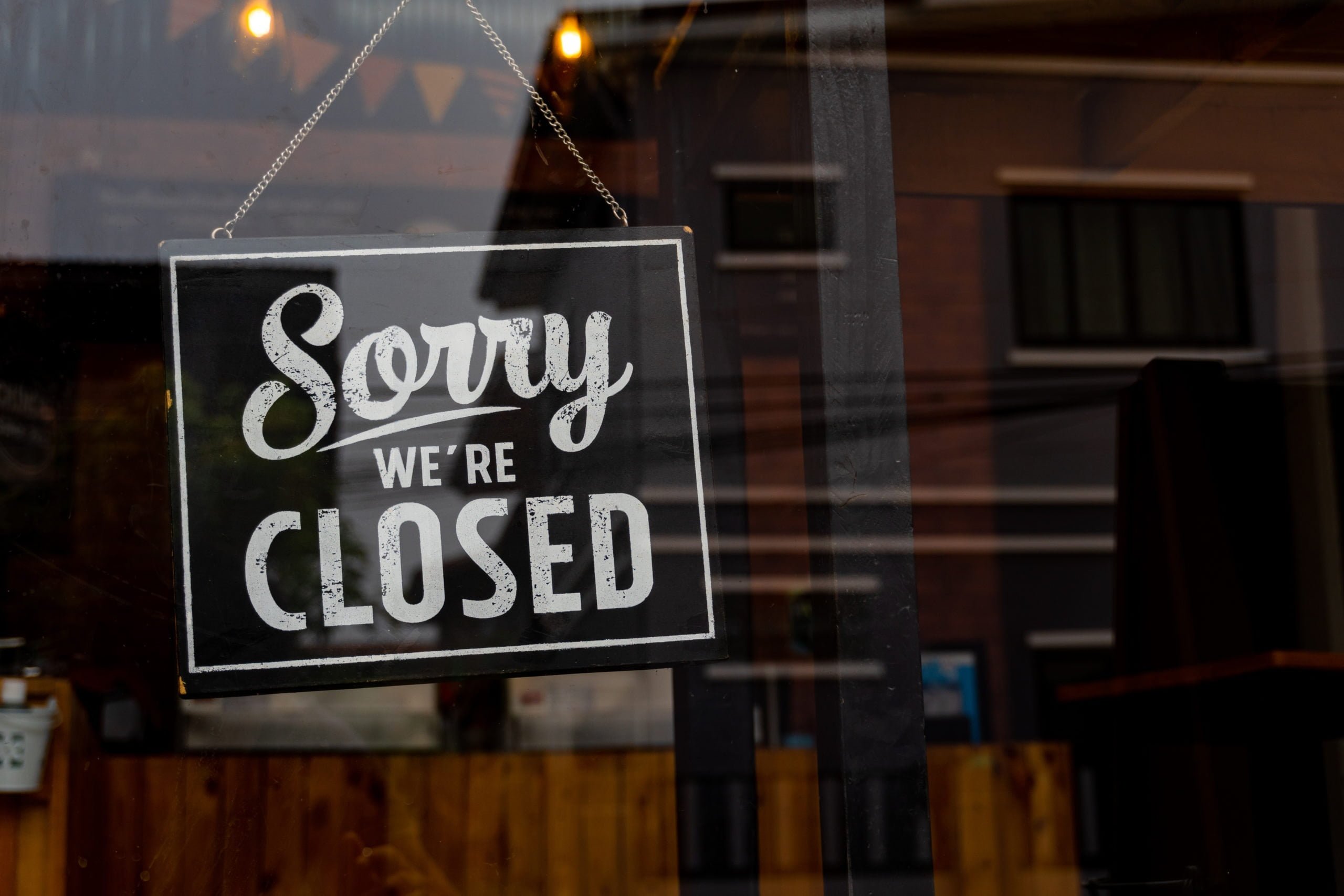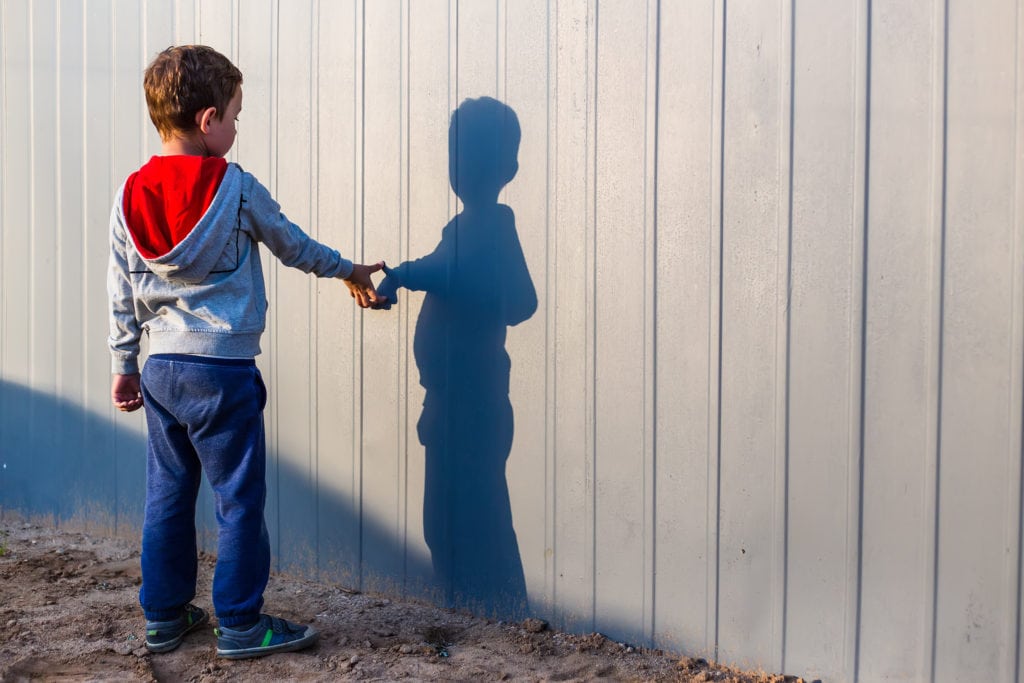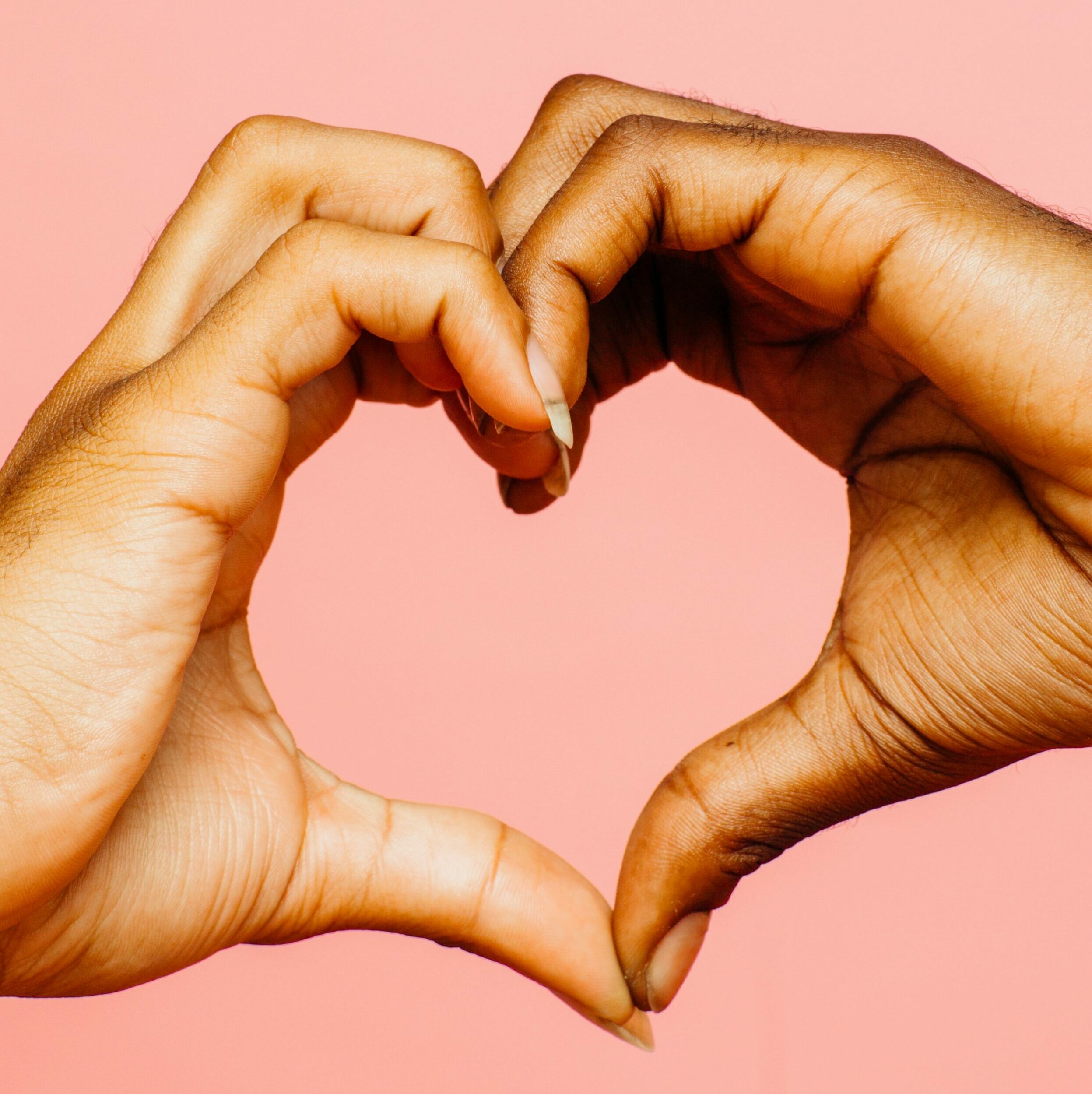
Local and national lockdowns are a new occurrence that most of us would likely have scoffed at just three years ago. But by now, many people around the world have experienced living in a lockdown ranging from a few types of commercial businesses being closed to being unable to leave their homes.
The Chinese city of Wuhan first locked down on January 23, 2020 and Sweden never did.
Do lockdowns work?
Lockdowns can be effective when it comes to delaying the increase of cases of a pathogen. This can be useful initially in a pandemic to allow for a small amount of time to prepare for what is expected to happen and reduce hospital load. However, outside of this small instance of effectiveness, epidemiological theory tells us that they do not realize a reduction in cases in the long run and have never successfully led to the eradication of a pathogen.
An April 2021 study found that shelter-in-place orders had no detectable effects on “disease spread or death” in the U.S.

Since the pandemic was first declared, national and local governments have made the decision to restrict certain activities whether or not a formal lockdown was declared at the time. In some places this has looked liked closed schools, entertainment venues closed or operating at reduced capacity, travel restrictions, and more. Restricting mobility has been one of the primary tools used by governments in response to rising instances of positive SARS-CoV-2 tests.
What are the consequences?
Because humanity had never attempted lockdowns on a mass scale in history, we didn’t know exactly what would happen. Despite the lack of real world examples, many experts warned that they would do more harm than good.
In early October 2020, three doctors (Dr. Jay Bhattacharya, Dr. Sunetra Gupta, and Dr. Martin Kulldorff) authored and signed the Great Barrington Declaration detailing their concerns about lockdowns, suggesting that, in the long run, the strategy would lead to higher mortality (both from Covid-19 and from other causes) than would be seen with a more calculated approach. The letter, publicly released on October 5, 2020, has now been signed by more than 870,000 people.
Ten days later, the World Health Organization published a now removed piece titled “Herd immunity, lockdowns and COVID-19,” that included a warning of the potential consequences, saying, “these measures can have a profound negative impact on individuals, communities, and societies by bringing social and economic life to a near stop. Such measures disproportionately affect disadvantaged groups, including people in poverty, migrants, internally displaced people and refugees, who most often live in overcrowded and under resourced settings, and depend on daily labour for subsistence.”
Impact on physical health

Whether or not medical appointments were actually restricted, medical appointments for all reasons plummeted. This has included necessary appointments and procedures, routine checkups including childhood vaccination, and preventative care like cancer and cardiovascular disease screenings. Surgeries were postponed and cancer treatments were skipped. This major disruption to healthcare will undoubtedly have an impact in the future, including an expected increase in mortality.
Robert F. Kennedy Jr. writes in his new book:
“Deferred medical treatments for cancers, kidney failure, and diabetes killed hundreds of thousands of people and created epidemics of cardiovascular disease and undiagnosed cancer. Unemployment shock is expected to cause 890,000 additional deaths over the next 15 years.”
The Real Anthony Fauci: Bill Gates, Big Pharma, and the Global War on Democracy and Public Health
During lockdowns in most places, citizens are unable to engage in exercise activities. From gyms and parks being closed to a general fear of being outside (even if allowed), people are less physically active under lockdown than not. During this time people are also getting less exposure to the sun, less fresh air, and less exposure to pathogens that our bodies are used to having regular contact with.
We will not fully realize the impact on our physical health until years down the road.
Impact on mental health

Lockdowns themselves have had a negative impact on mental health as has the near constant exposure to fear. During lockdowns, normal social interactions are rare if not impossible. Outside of lockdowns social interactions have largely been abnormal with a lack of physical touch, seeing facial expressions, and fewer interactions. Many people now go out of their way to avoid other people, even when walking in their own neighborhoods. These changes in social interactions have been especially extreme for people that live alone.
Starting in May of 2020, instances of teens and children facing psychiatric crisis have skyrocketed. From February to March 2021, Emergency Room visits for suspected suicide attempts for girls aged 12-17 were 50% higher than one year prior.
According to a US Centers for Disease Control and Prevention (CDC) report, “Young persons might represent a group at high risk because they might have been particularly affected by mitigation measures, such as physical distancing (including a lack of connectedness to schools, teachers, and peers); barriers to mental health treatment; increases in substance use; and anxiety about family health and economic problems, which are all risk factors for suicide.”
One study estimates that in the US there will be up to 150,000 “deaths of despair” as a result of the pandemic. These include deaths as a result of drug or alcohol abuse and suicide. One of the factors the study’s authors pointed to was “[m]onths-long social isolation (mandated in many states), sometimes with no set end.”
Again, we will not fully grasp the impact of lockdowns until many years down the road.
Additional impacts on children

The consequences of the lockdown’s impact on children will be dealt with for years to come. While we cannot truly understand the full impact lockdowns have had and will have on children in the future, there is no shortage of evidence right now detailing the significant impacts on children in addition to the mental health impacts already mentioned.
A US study reports that children born during the pandemic have significantly reduced verbal, motor, and overall cognitive performance compared with children born before the pandemic. While this outcome cannot be attributed solely to lockdowns, it is likely that less social interaction, less stimulation, increased parental stress, unusual economic adversities and other consequences of lockdowns contributed.
According to a German study, sports and physical activity declined during lockdowns in Germany while screen time increased. It shouldn’t be surprising then to learn that there was a “profound increase in weight gain for kids” during the pandemic, according to a US CDC study. These are not nation-specific studies.
Child abuse rose during the pandemic for a variety of factors. Children that felt safe at school were suddenly stuck within their homes with no way to ask for help. Staying home meant other children had little to nothing to eat as they relied on daily free school meals for sustenance.
Now that schools that had been closed for more than a year have opened again, teachers are discovering that their students are a year or more behind in important skills. In The US, the effect on education was especially felt by Black and Hispanic students.
According to the UN, virus-linked hunger led to the deaths of 10,000 additional children each month of the pandemic in 2020. In South Asia alone, disruptions to health and nutrition services led to the deaths of 228,000 children. The Associated Press has reported that 6.7 million more children experienced wasting, “malnutrition that manifests in spindly limbs and distended bellies,” in 2020 than in 2019. This translates to a “generational catastrophe.”
Further, more than 550,000 additional children each month are being struck by what is called wasting, according to the U.N. — malnutrition that manifests in spindly limbs and distended bellies. Over a year, that’s up 6.7 million from last year’s total of 47 million. Wasting and stunting can permanently damage children physically and mentally, transforming individual tragedies into a generational catastrophe.
Impact on the working class

High-risk members of the working class were not afforded the luxury to shift their work to their homes like many low-risk and higher classes workers were. These essential workers were forced to continue working even if the environment was unsafe because they lacked options and flexibility financially. Other workers that were not considered essential were instructed to stay home, sometimes without pay. Lockdowns and restrictions have forced many small businesses to close. This has created a ripple effect that is still being felt today — savings dried up, poor diet for lack of money, and in some cases, being evicted.
Enough is enough
Lockdowns are a failed strategy and an unprecedented number of people have lost their lives as a result. Nearly two years into the pandemic, we cannot continue to radically alter people’s lives in hopes of slowing the spread of a pathogen that many of those most affected by lockdowns are not even at risk from in the first place.
We also must not lockdown only certain portions of societies, ultimately creating segregation and two-tiered societies. History has been quite clear that this strategy can pave the way for great harm.
The best way forward is to offer early treatment and distribute prophylactic support, acknowledge natural immunity, increase education on how to strengthen our natural immune systems, and unite as a global community.
Consider tipping our team if you found this resource helpful.
This work is licensed under a Creative Commons Attribution 4.0 International License and is available for republishing and use as a Free Cultural Work.

